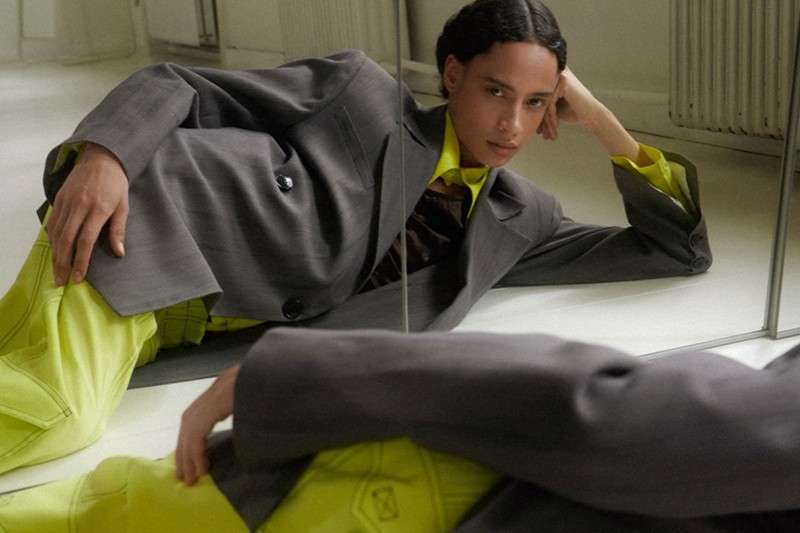The E.U.’s Right-to-Repair directive represents a crucial step in the region’s commitment to a circular economy and sustainable consumption, enhancing consumer rights and choice while contributing to environmental protection, waste reduction, and the promotion of a more sustainable and resilient economy.
The European Union has taken a significant step in promoting sustainability and consumer rights with the provisional agreement on the Right-to-Repair (R2R) directive, reached by the Council and the European Parliament. This landmark legislation is designed to shift the consumer culture from disposal to repair, making it simpler, quicker, and more cost-effective for European citizens to opt for repairing broken or defective goods rather than replacing them.
The agreement, which encompasses a wide array of products subject to E.U. repair requirements, mandates manufacturers to facilitate repairs, providing consumers with essential information through a standardized European form. This initiative not only aims to extend the lifespan of products but also to spawn quality job opportunities, decrease waste, diminish reliance on imported raw materials, and safeguard the environment.
Alexia Bertrand, the Belgian State Secretary for the Budget and Consumer Protection, emphasized the directive’s significance, noting that Europe makes a “clear choice” for repair instead of disposal. “By facilitating the repair of defective goods, we not only give a new life to our products but also create good quality jobs, reduce our waste, limit our dependency on foreign raw materials, and protect our environment,” she said in a statement.

Historically, consumers have faced challenges in repairing products such as vacuum cleaners, dishwashers, and coffee machines, especially post-warranty. The convenience and often lower cost of purchasing new items have overshadowed the option of repair. The R2R directive aims to counter this trend by introducing incentives for repair, thus supporting sustainable business models and the repair sector.
Key provisions of the directive include enabling consumers to request repairs for technically repairable products under E.U. law, a European repair information form detailing repair conditions and costs, the creation of a European Online Platform to connect consumers with repair services, and an extension of the seller’s liability period by 12 months following a product repair.
This agreement specifies that the directive will apply to products for which the E.U. has established repairability requirements, such as washing machines and refrigerators. The scope could expand as the Commission introduces reparability criteria for additional products through the eco-design regulation.
Manufacturers will be required to disclose information about spare parts on their websites, ensure availability at reasonable prices, and prohibit practices that hinder the use of second-hand or 3D-printed parts by independent repairers. The directive safeguards consumers’ choice between repair and replacement for defective goods, with the stipulation that choosing repair extends the seller’s liability period by an additional year.

The provision of the European repair information form aims to streamline the process for both consumers and repairers, especially smaller businesses. Although optional, if repairers choose to provide this form, its conditions become binding. The form, free of charge to consumers, includes essential repair details valid for 30 days, with the option to extend.
The proposed European online repair platform aims to consolidate repair services information at the E.U. level, enhancing accessibility for consumers across member states. This platform will incorporate data from national repair platforms and highlight community-led repair initiatives, fostering a comprehensive repair network. Before implementation, this provisional agreement requires formal endorsement by the Council and the European Parliament. This initiative is part of a broader E.U. strategy to encourage sustainable consumption, complementing other legislative measures like the ecodesign Regulation and the Directive on empowering consumers for the green transition.
The impact on consumers is profound. By making repairs more accessible and financially appealing, the directive empowers consumers to contribute to a circular economy, reducing waste and environmental impact. It signifies a shift toward more sustainable consumption patterns, where the longevity of products is prioritized over disposability. For the repair sector, the directive promises growth and job creation, driven by increased demand for repair services. Consumers stand to benefit from more transparent, standardized information on repairs, enabling informed decisions that align with environmental sustainability and personal convenience.
Related on Ethos:


